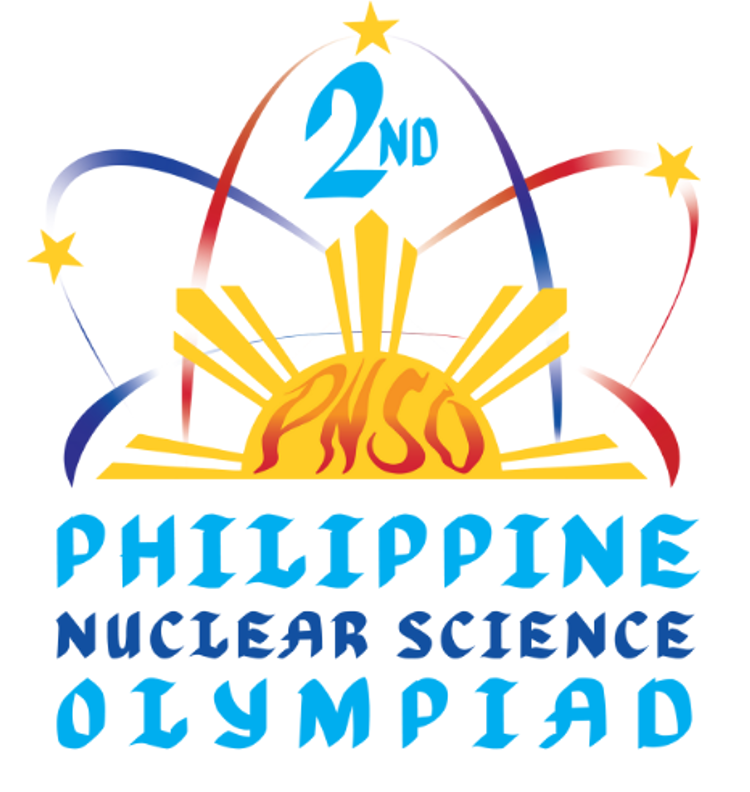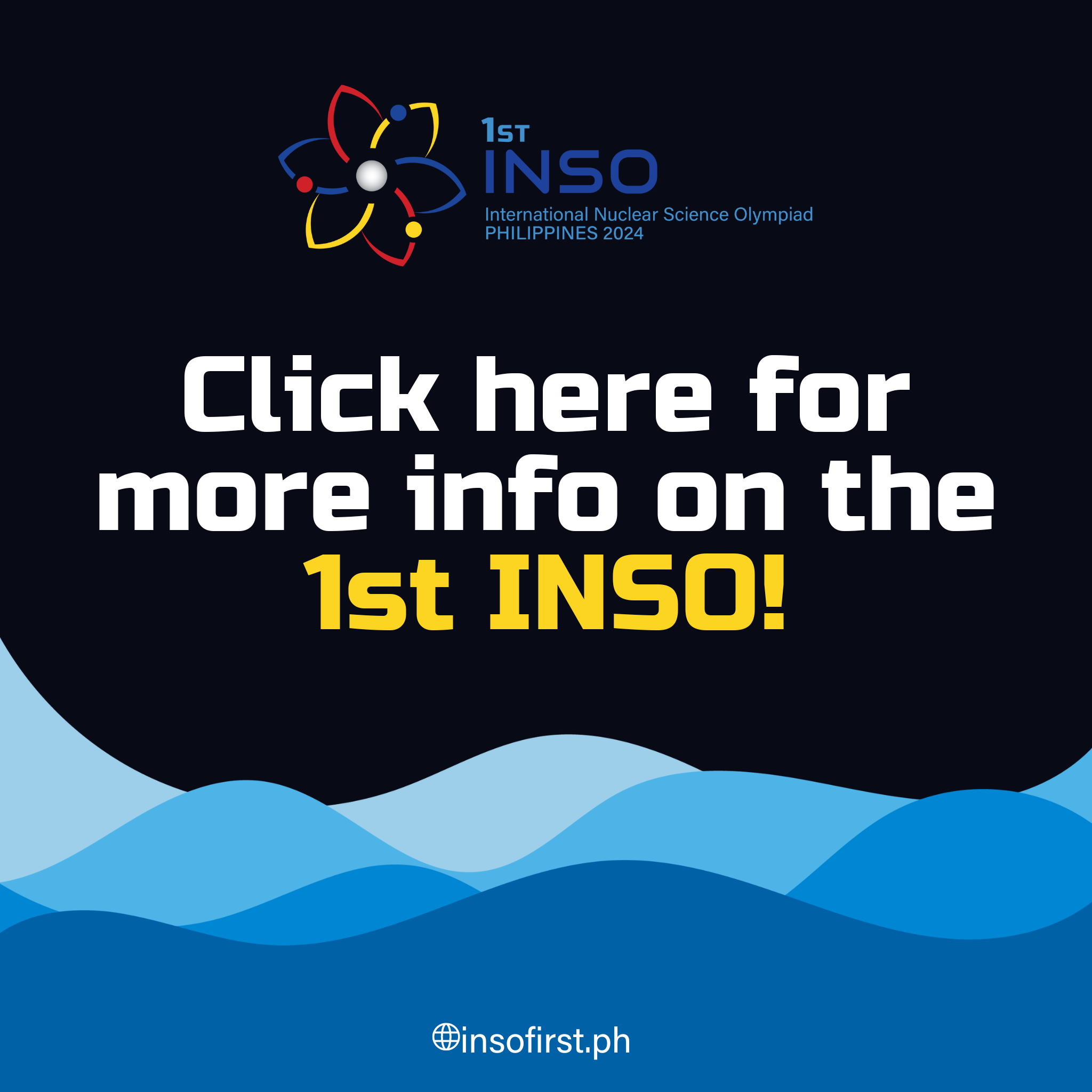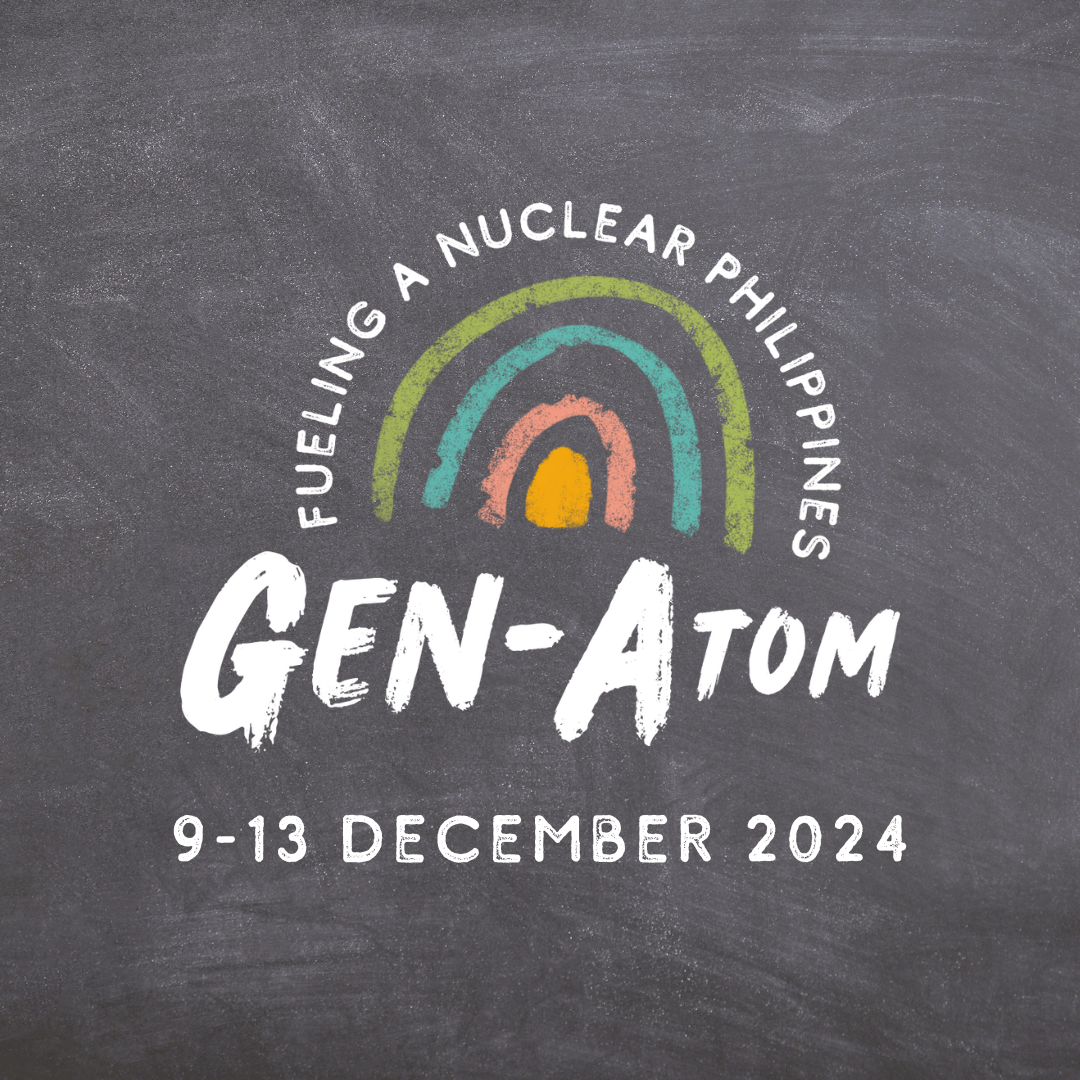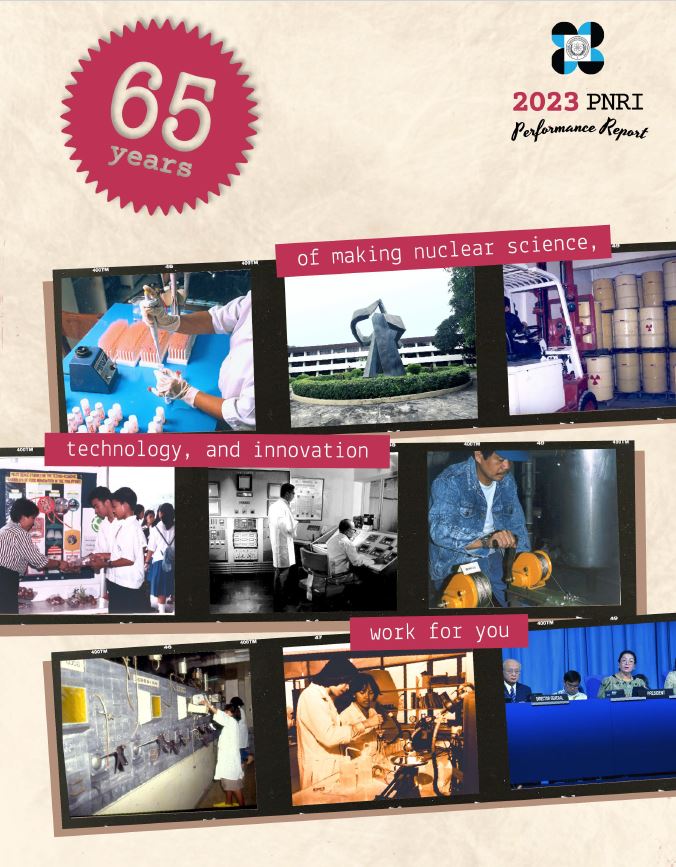
Professionals from the medical and research sectors completed the first Course on Medical Use of Radioisotopes (CMR) and Course on Radioisotope Technology (CRT) conducted at the Philippine Nuclear Research Institute – Department of Science and Technology (PNRI – DOST) from September 1 – 26.
Formerly the Radioisotope Techniques Training Course (RTTC) with iterations for medical personnel and general training, the new CMR and CRT courses reflect PNRI’s continuing efforts to improve and update the knowledge and skills of professionals engaged in the use of radioisotopes in their respective fields.
The Institute accomplishes this through the PNRI Nuclear Training Center (NTC), which organized and conducted the courses with experts from partner agencies as well as PNRI’s own instructors on nuclear science and technology as well as the equally important aspect of radiation protection and nuclear safety and security.
Thirty-five (35) doctors and medical technologists from various hospitals throughout the country graduated from the medical course, while six science research specialists, analysts and assistants from PNRI finished the general course.
The month-long training courses were held daily from 8:00 am to 5:00 pm, with the first eight days spent on a joint class where the participants were taught basic nuclear physics and radiation chemistry, radiation protection and monitoring instruments, proper handling practices of radioactive materials, radiation dosimetry and radiation processing.
Starting Day 9, the two courses underwent separate lectures and activities suited for their specific area, with the medical class studying cellular radiobiology, cytogenetics, contamination and decontamination, radiopharmacy practices.
While CMR focuses on medical applications and discusses them in greater detail, CRT involves a wider grasp of the various applications of nuclear science and technology in other fields, such as isotopes for soil fertility studies, air pollution and freshwater quality management, geology, tissue culture and plant mutation breeding. For the medical field, the CRT students joined their CMR counterparts in discussion on nuclear medicine, positron emission tomography and radiation therapy.
By the third week, the courses were again taught in a joint class, this time for lectures on the Code of PNRI Regulations, licensing requirements, categorization and security of radiation sources, radioactive waste management and emergency procedures, among other nuclear safety and security measures.
Long quizzes were given every week to test how much the participants have learned. In addition, the participants were also required to present a case study as part of a group to assess procedures or facilities in their respective fields. The case studies were presented at the final day of the training course. A certificate of completion was awarded to participants for successfully finishing the course.
The participants also toured the various facilities of PNRI, including the semi-commercial Cobalt-60 Multipurpose Irradiation Facility, the Electron Beam Facility which is in the final stages of construction, the brand-new Technetium-99m Generator Facility and the historic Philippine Research Reactor – 1 (PRR-1).












































